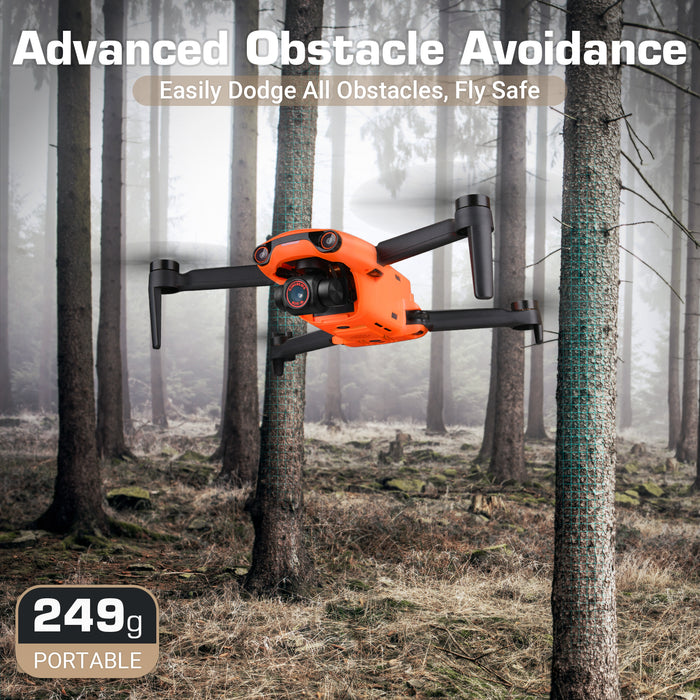This summer, I finally bought my first drone. EVO Nano+ drone, a consumer drone model that has won the German iF Design Award. I was so excited to discuss it with my drone-playing friends when I saw the awesome drone footage, and finally, it came.
I finally got my one wish, I'm not going to lie here, I've been wanting to review a proper drone for years, and now is the time. It's important to note that this is my first drone experience. Therefore, I will conduct this Autel EVO review from the perspective of a beginner drone pilot.
The Autel Nano Plus is impressive for a number of reasons - the most important being that it's an excellent 4K drone that proudly says "Made in the USA" on the label.
Autel Robotics' EVO drone with a hard-shell casing gives us everything we need to pack our bags and head out for a day of aerial photography. The Autel EVO quadcopter features 3-axis motorized gimbal stabilization to help you capture smooth 4K footage and 12MP photos.
What is a gimbal and what does it do? This is a very tangled question when I first learned about the concept of gimbal. After some understanding, I realized that the gimbal is actually a stabilizer, and its function is to make the video picture we record more stable and not shake.
Every component has been carefully selected to make the 249g EVO Nano+ drone ultra-light. "To achieve this, we start with the size, structure, weight, materials and technology of the aircraft... We start with the exterior and then proceed to the structural design and material shaping," said EVO Nano+ co-designer Lu Boming.
There are many benefits to implementing a drone program, including improved safety, lower costs, and increased efficiency. Autelpilot team members provide professional drone repairs, consulting, quality products, preventive maintenance programs, training and education. Autel ushered in a big bang in 2022.
The civilian drone market is dominated by Chinese companies. Chinese drone maker DJI accounted for 74% of the civilian market in 2018 alone, followed by China's Autel Roboticis, Yuneec International, American company 3D Robotics and French company Parrot, among others. The remaining market share, but it has to be said that there is a huge gap in the middle.
While some drones come with their own controllers, others can be flown using a synced smartphone. Handheld controllers are more reliable and more responsive than smartphone controllers, but they can also have a steeper learning curve or increase the price point -- or may only be purchased as an accessory.
















